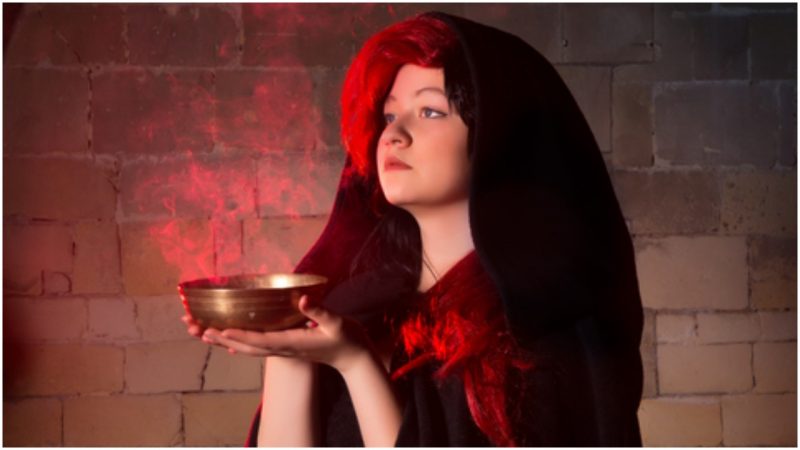The period following the Renaissance was a time when women didn’t have much power financially, socially, or politically.
Women were expected to marry, and families usually viewed marriageable daughters as assets, making arranged matches that were guided by the advantages to the family as a whole — frequently without asking the opinion of the bride in question.
Girls and women were considered the property, first of their fathers and then of their husbands.
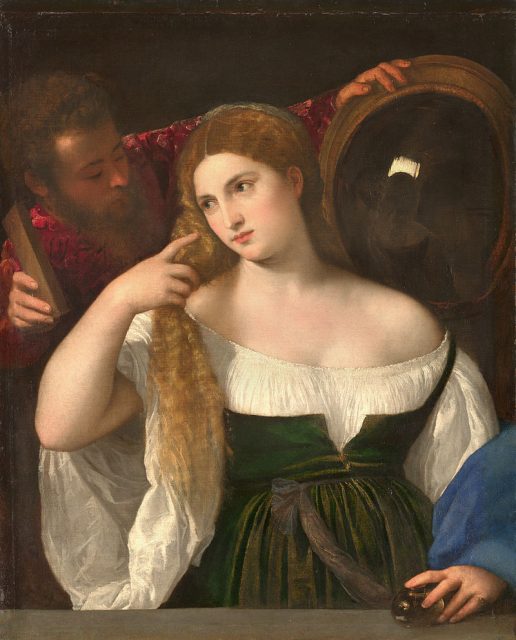
If a husband mistreated his wife, abused her, kept her in poverty, prostituted her, or put her in danger with constant childbearing, there was no divorce and no legal protections.
The only way for a woman to be free of a bad marriage was widowhood.
This is the situation that made it possible for Giulia Tofana to become probably the most prolific hitwoman in history. According to Wizzely, not much is known about Giulia’s life.
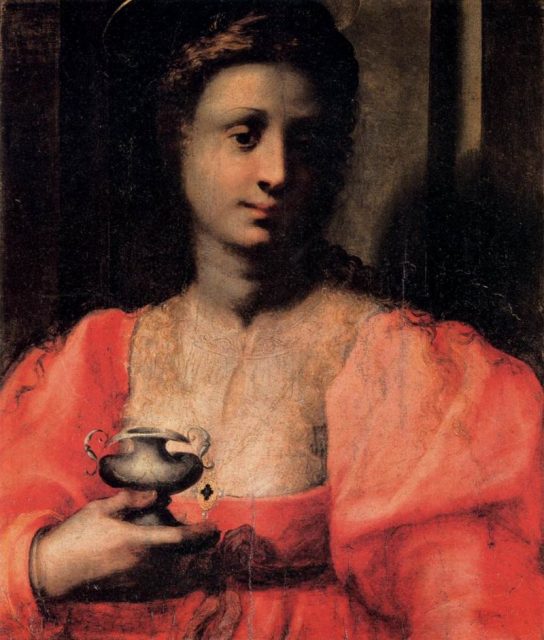
Born in Palermo, Italy, she was reputedly very beautiful, as was her mother, although there are no known portraits of her. A History of Mystery says that she was probably the daughter of Thofania d’Adamo, who was executed in 1633 for killing her husband.
What is known is that Giulia was a professional poisoner, helping unhappy women get early “divorces,” and by the time she was executed in 1659, she was said to have been responsible for the deaths of over 600 men.
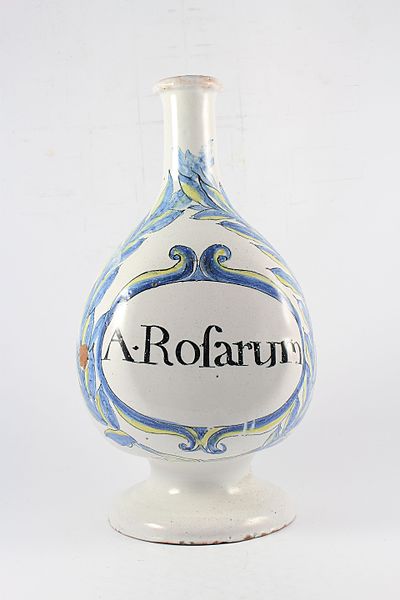
Giulia created a poison she called Aqua Tofana. Its exact composition is unknown, but it is known that arsenic, belladonna, and lead were components of the mixture; ingredients that were also used in the cosmetics of the time.
Lead and arsenic were common ingredients for facial powders to lighten the skin, and women used a drop of belladonna in each eye to dilate their pupils, giving their eyes a luminous and arresting look. All of these substances, however, are also highly toxic when ingested.
The concoction was said to have no odor, scent, or taste, which made it very easy for an unhappy wife to slip a little into her husband’s food or drink.
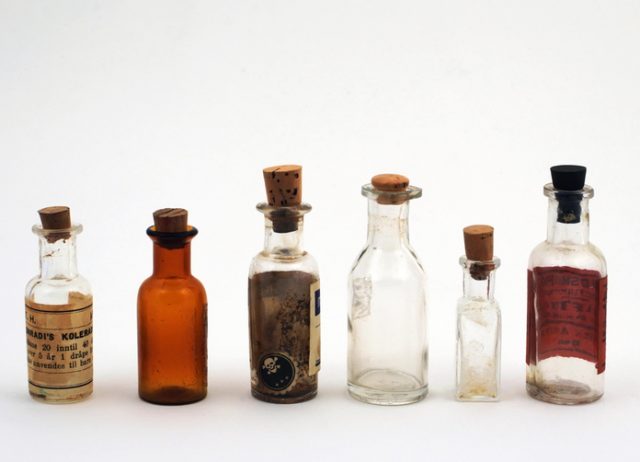
She practiced her craft stealthily for decades. Aqua Tofana was sold for nearly 50 years disguised as a cosmetic powder or in vials as a devotional object called “Manna of St. Nicholas of Bari.”
Giulia’s daughter joined her in the business and they kept their work quiet as they moved from Palermo to Naples and then to Rome.
Giulia’s real business was revealed when one of her customers put the poison in her husband’s soup and then had second thoughts, keeping him from eating it.

He became suspicious and demanded to know why. His wife confessed after she was taken to the Papal authorities and tortured.
Even after the wife’s confession, Giulia wasn’t arrested right away. For one thing, most of her customers were very grateful for her services and didn’t want her captured. One version of what happened is that she had already retired and was living on her country estate, which gave her some time to escape.
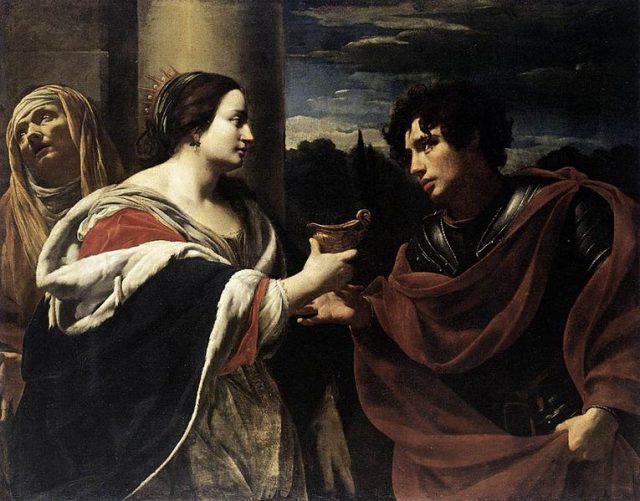
Her daughter and employees were put to death for their complicity, and sometime later Giulia herself was eventually found and likewise executed.
Another version and the one more widely believed to be true was that Giulia was still living in Rome when the warning came, and she ran for a nearby church, begging sanctuary, which was granted.
Shortly after that, a rumor began to circulate in Rome that she had poisoned the water.
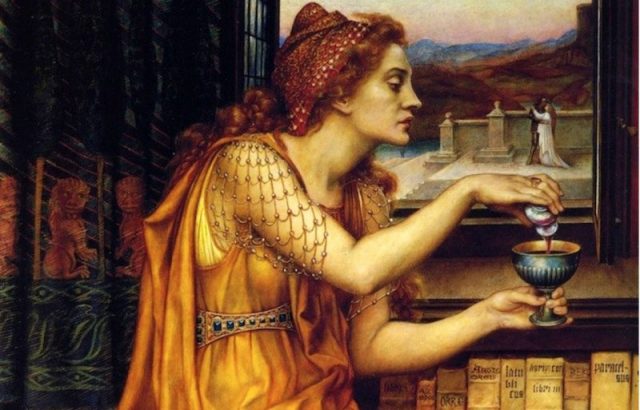
The rumor stirred up a mob who stormed the church and removed her, and she was subsequently surrendered to the Papal authorities who got her confession after torture.
She confessed to being responsible for the deaths of over 600 men in just the 18-year span between 1633 and 1651. In this version of the story, she, her daughter, and their three employees were all executed in 1659, in the Campo de’Fiori, and her body was tossed back over the wall of the church which had offered her sanctuary for the clergy to dispose of.
Giulia Tofana had some other accomplices as well, but those were unknown. Poison was a common weapon in Italy at the time and was used not only by the unhappy wives who were her primary customers.
Read another story from us: From Mud to Max Factor – The Strange Evolution of Makeup
While under torture, she gave up the names of people who helped her or were her customers. Some of those she named were able to flee, but many were captured and executed or imprisoned. The most influential and richest of them were quietly killed in prison to dampen any possible scandal; the rest were either hanged or walled up in the dungeons at Palazzo Pucci.
Perhaps it’s a good thing divorce is an option today.
